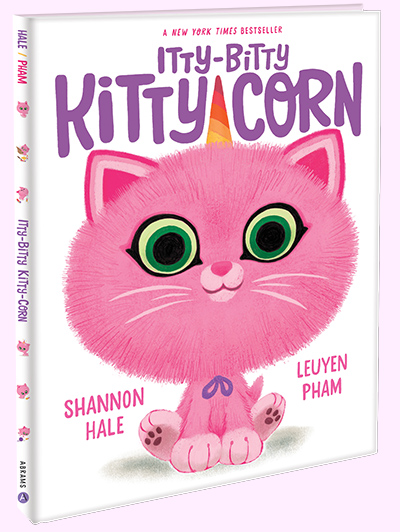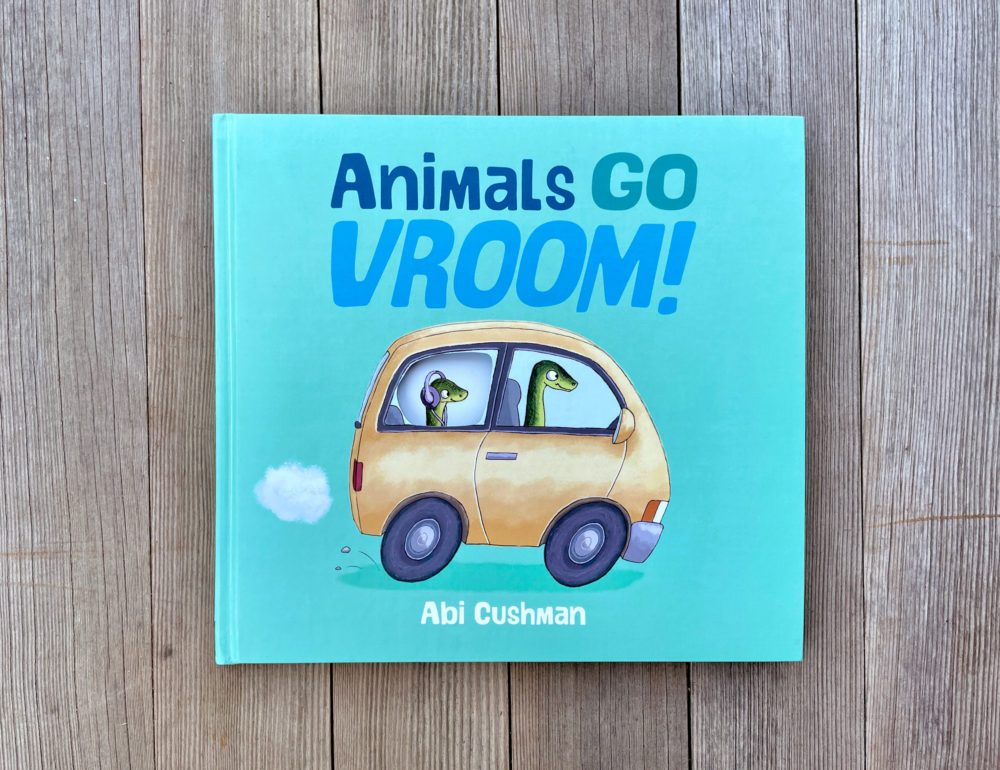If Itty-Bitty Kitty-Corn is the rare picture book that captures my under 2 year old’s attention cover-to-cover, Philip Giordano’s The Penguin Who Was Cold is rare in a different way — it’s a book geared toward older picture book readers that S largely flips through, yet excitedly requests again and again (and again).
A standard read of The Penguin Who Was Cold consists of enthusiastically saying the title (“The Penguin Who Was…” “COLD!”), reading the first 3 spreads aloud, then flipping through the next 20 or so pages to briefly look at whatever catches S’s eye. No matter what else happens, we always stop to look at this gorgeous, colorful spread in the middle of the book:

At which point S promptly flips to the end pages and declares the book over (“The End!”).
So how does a book that we barely make a dent in make the “best seller” list?
First, and probably most important, the book hooks S immediately. The first page quickly introduces our adorable main character and an easy to understand problem: Milo is cold.

The next couple of pages are equally clear and concise and move the story forward. (“But Mom and Dad weren’t cold.” “And none of the other penguins were cold.”).

In just 8 words and a beautiful image, we can see just how much of a problem this is for Milo — alone in a sea of sameness.
The book also makes highly effective use of onomatopoeia right at the outset. “Brrr! Brrr!” is a fun, evocative sound that S understands and repeats, getting involved in the story (and Milo’s problem) right away.
By the time the book gets into more complicated language and concepts (and a significantly greater number of words per spread), S is already fully invested in Milo and wants to see him over and over.
Second, the book’s characters are animals, which is a prime subject matter interest for S right now. That they are beautifully rendered certainly does not hurt.
Third, the art is incredible — brightly colored and richly done. I thought I understood how important art was to a picture book before reading to S, but watching just how much S interacts with it has been eye opening.
***
Of potential interest for writers, once the book gets too complex for S, we stop reading text entirely, even in spreads that would otherwise have been S-appropriate in terms of sentence length and word choice. If we stop on those pages, it is just to look at the illustrations.

The moral of the story seems to be that for any writers looking to hook a younger toddler (or at least my younger toddler) in a book that is primarily geared for the 3-7 range, putting your most straightforward, engaging material up front is a huge plus.
Do you have any book suggestions that might seem too old at first glance, but which we should check out now? Drop them in the comments!
The Penguin Who Was Cold By the Numbers
Page count: 40 pages plus backmatter
Word count: 532 (not including backmatter)
Average word count per illustration on pages we read aloud: 7.67
Average word count per illustration on pages we do not read aloud: 29.9









